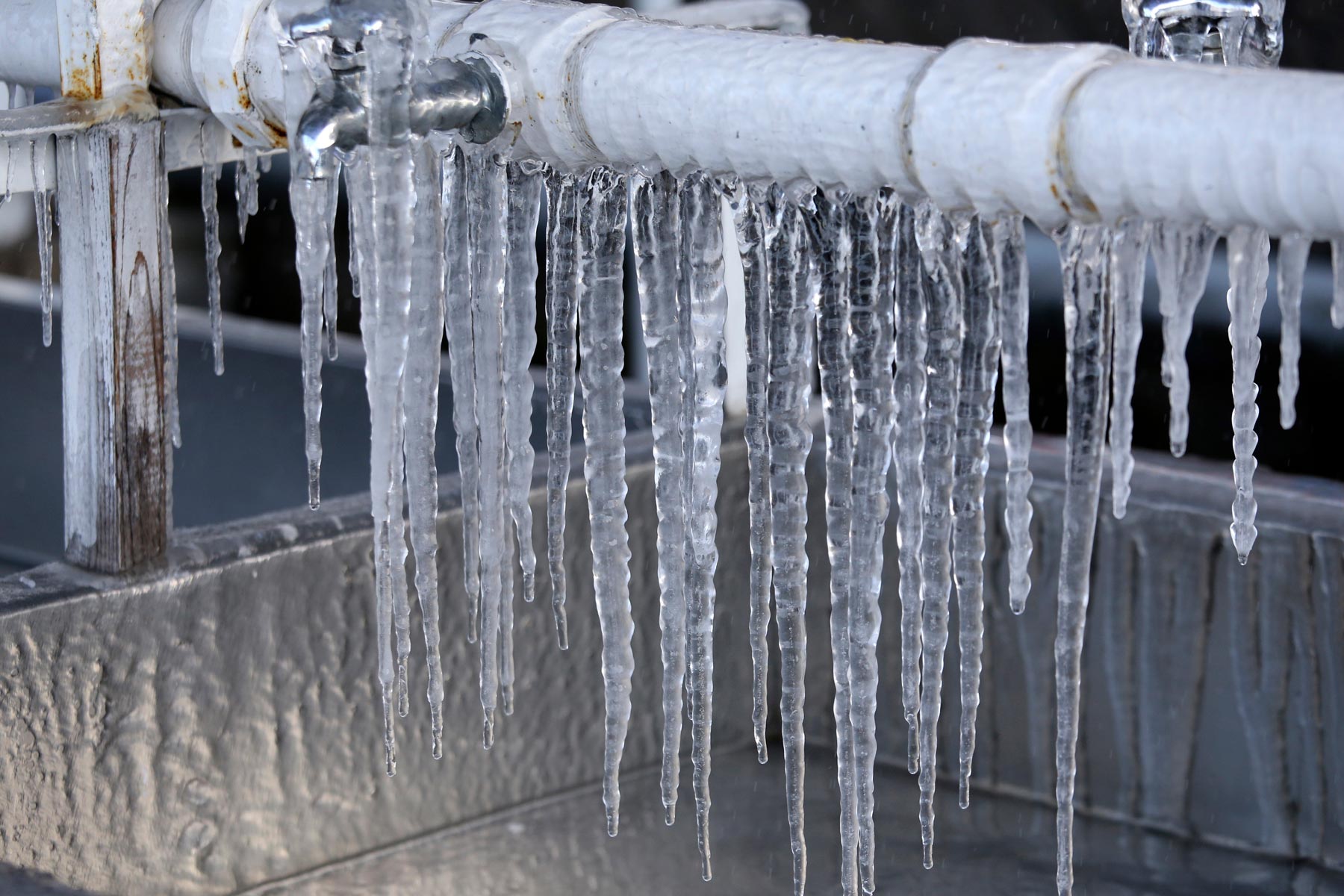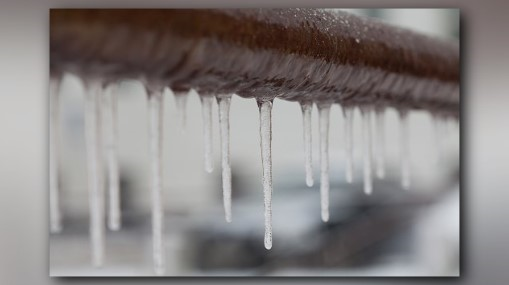They are making a few good pointers related to Preventing and dealing with frozen pipes in general in this post in the next paragraphs.

Cold weather can wreak havoc on your pipes, particularly by freezing pipes. Here's just how to avoid it from taking place and what to do if it does.
Intro
As temperature levels drop, the risk of icy pipelines boosts, possibly causing expensive repairs and water damage. Comprehending exactly how to prevent icy pipelines is crucial for home owners in cold environments.
Understanding Icy Pipelines
What creates pipes to freeze?
Pipes ice up when revealed to temperatures listed below 32 ° F (0 ° C) for extended periods. As water inside the pipelines freezes, it expands, taxing the pipeline walls and possibly causing them to burst.
Risks and damages
Icy pipes can cause supply of water disturbances, property damage, and costly repairs. Burst pipelines can flooding homes and trigger comprehensive architectural damage.
Signs of Frozen Pipes
Recognizing icy pipelines early can avoid them from bursting.
Just how to determine frozen pipelines
Try to find decreased water circulation from taps, uncommon smells or noises from pipelines, and visible frost on exposed pipes.
Prevention Tips
Insulating at risk pipes
Cover pipelines in insulation sleeves or make use of warm tape to protect them from freezing temperature levels. Focus on pipelines in unheated or exterior areas of the home.
Home heating techniques
Keep interior spaces sufficiently warmed, especially locations with plumbing. Open cabinet doors to allow cozy air to distribute around pipes under sinks.
Safeguarding Outdoor Plumbing
Garden hoses and outdoor faucets
Detach and drain pipes garden hoses prior to winter season. Mount frost-proof faucets or cover outside faucets with insulated caps.
What to Do If Your Pipes Freeze
Immediate actions to take
If you suspect frozen pipelines, keep faucets available to eliminate stress as the ice melts. Utilize a hairdryer or towels soaked in hot water to thaw pipes gradually.
Long-Term Solutions
Architectural changes
Consider rerouting pipelines far from outside wall surfaces or unheated areas. Add extra insulation to attic rooms, cellars, and crawl spaces.
Updating insulation
Purchase top notch insulation for pipes, attics, and wall surfaces. Proper insulation aids maintain constant temperatures and lowers the risk of frozen pipes.
Final thought
Stopping frozen pipes needs positive actions and fast actions. By understanding the causes, indications, and safety nets, home owners can shield their pipes during winter.
5 Ways to Prevent Frozen Pipes
Drain Outdoor Faucets and Disconnect Hoses
First, close the shut-off valve that controls the flow of water in the pipe to your outdoor faucet. Then, head outside to disconnect and drain your hose and open the outdoor faucet to allow the water to completely drain out of the line. Turn off the faucet when done. Finally, head back to the shut-off valve and drain the remaining water inside the pipe into a bucket or container. Additionally, if you have a home irrigation system, you should consider hiring an expert to clear the system of water each year.
Insulate Pipes
One of the best and most cost-effective methods for preventing frozen water pipes is to wrap your pipes with insulation. This is especially important for areas in your home that aren’t exposed to heat, such as an attic. We suggest using foam sleeves, which can typically be found at your local hardware store.
Keep Heat Running at 65
Your pipes are located inside your walls, and the temperature there is much colder than the rest of the house. To prevent your pipes from freezing, The Insurance Information Institute suggests that you keep your home heated to at least 65 degrees, even when traveling. You may want to invest in smart devices that can keep an eye on the temperature in your home while you’re away.
Leave Water Dripping
Moving water — even a small trickle — can prevent ice from forming inside your pipes. When freezing temps are imminent, start a drip of water from all faucets that serve exposed pipes. Leaving a few faucets running will also help relieve pressure inside the pipes and help prevent a rupture if the water inside freezes.
Open Cupboard Doors
Warm your kitchen and bathroom pipes by opening cupboards and vanities. You should also leave your interior doors ajar to help warm air circulate evenly throughout your home.

I am just very curious about Helpful Tips to Prevent Frozen Pipes this Winter and I am assuming you enjoyed the blog posting. Are you aware of somebody else who is involved in the topic? Do not hesitate to promote it. Thank-you for going through it.
Call Today
 Robert Downey Jr. Then & Now!
Robert Downey Jr. Then & Now! Amanda Bearse Then & Now!
Amanda Bearse Then & Now! Barry Watson Then & Now!
Barry Watson Then & Now! Michelle Trachtenberg Then & Now!
Michelle Trachtenberg Then & Now! Catherine Bach Then & Now!
Catherine Bach Then & Now!